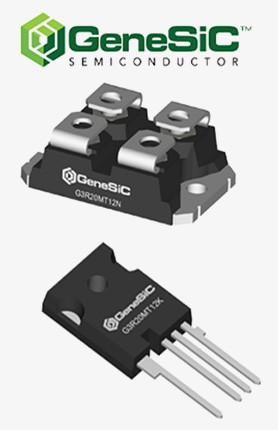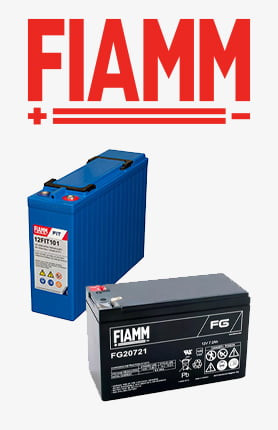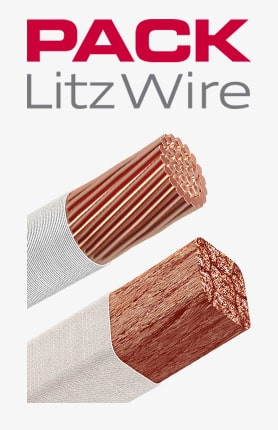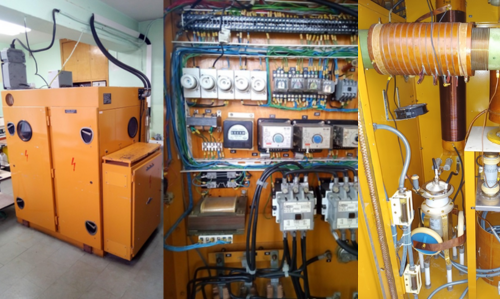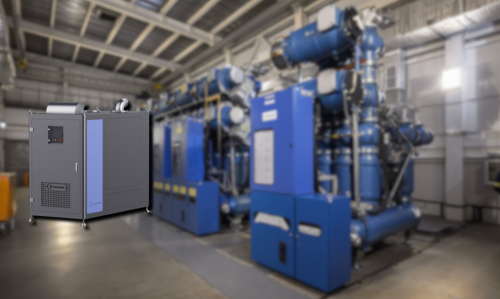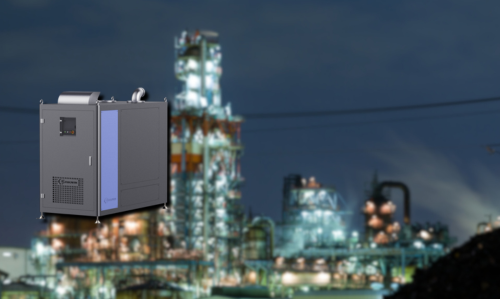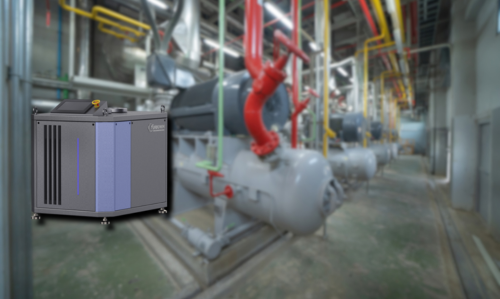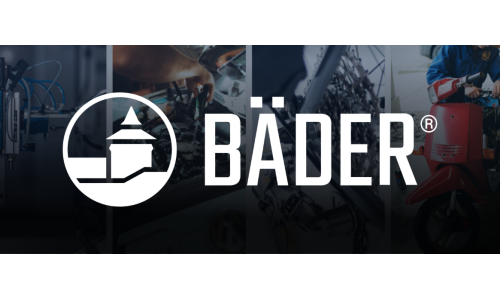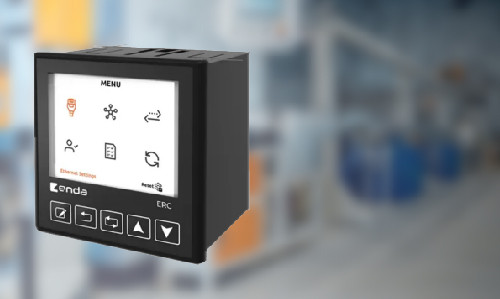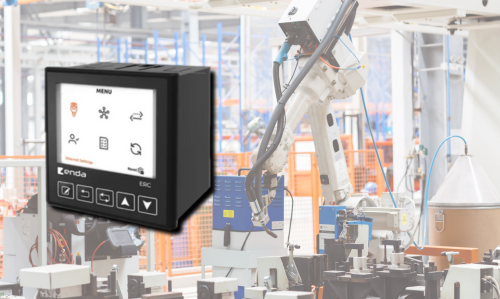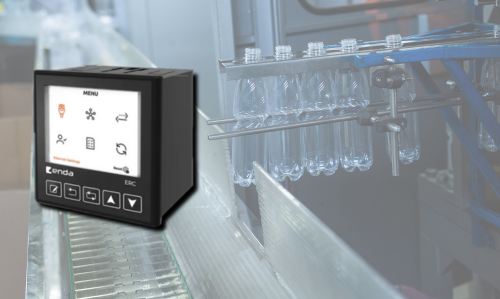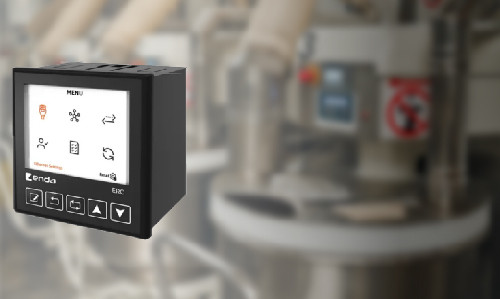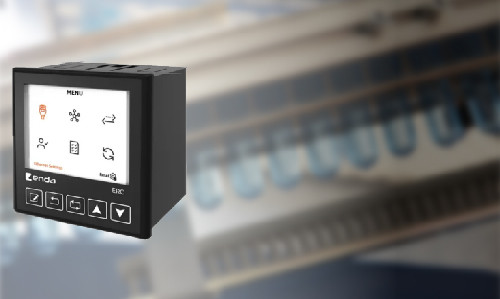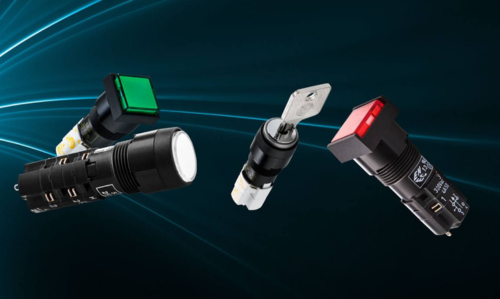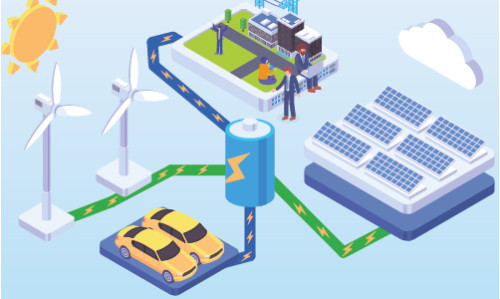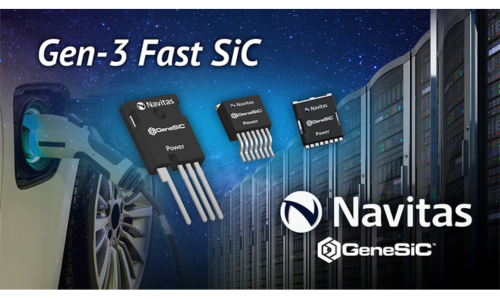The article describes the modernization of the REL30Tr induction generator carried out by DACPOL SERVICE. The generator, manufactured in 1990 by ELCAL, was used at the Institute of Molecular Physics in Poznań. The modernization included the introduction of modern technical solutions, such as a "soft start" of the cathode triode power supply, improvements to the oscillator circuit, and the integration of an additional control panel. These changes improved the reliability and efficiency of the...
Latest posts
-
WH-i Series: Innovative Turbocharger with IoT Technology from TurbowinRead more
Turbowin introduces a new series of WH-i turbochargers that combine IoT technology with advanced air bearing systems. With remote control and monitoring capabilities, these products offer high performance, reliability, and energy efficiency, perfectly meeting the needs of modern industries.
-
Turbowin: Innovations in Multistage Compressors with Ultra HEPM MotorRead more
Turbowin is revolutionizing the compressor industry with innovative solutions like the Ultra HEPM motor, offering the highest energy efficiency (97%) and advanced cooling and protection technologies. Turbowin's new multistage compressors, equipped with a dual cooling system, NBW sliding bearing, and supersonic rotor, provide exceptional durability and performance in extreme conditions. The available models, including those from the WH-g series, set new standards in efficiency and reliability...
-
Innovative Turbowin Compressors: WH-ex, WH-g, WH-o, and WH-d SeriesRead more
This article explores Turbowin’s innovative compressors, focusing on four series: WH-ex, WH-g, WH-o, and WH-d. Each series offers unique solutions tailored to specific industrial needs, such as explosion-proof safety, gas industry efficiency, weather resistance, and maximum power and performance. Turbowin, a leader in turbo compressor technology, ensures top standards of efficiency and durability, suited to various environments and requirements.
-
Innovations in Turbo Technology: Turbochargers with Air BearingsRead more
Innovative turbocharger technology with air bearings, introduced by TURBOWIN. This technology, using air bearings instead of oil bearings, offers higher energy efficiency, reduced energy consumption, and lower maintenance costs due to reduced friction and the elimination of the need for oil. TURBOWIN offers a wide range of products that meet the highest quality standards and are protected by global patents.
-
Kleje do Gwintów Bäder®: Klucz do Trwałych Połączeń w PrzemyśleRead more
Odkryj zalety klejów do gwintów Bäder® w naszym artykule. Dowiedz się, jak wysokiej jakości kleje Bäder® zapewniają trwałość i bezpieczeństwo połączeń śrubowych w trudnych warunkach przemysłowych. Sprawdź ich właściwości, zastosowania i ekologiczne zalety. Idealne rozwiązanie dla przemysłu motoryzacyjnego, lotniczego, mechaniki precyzyjnej i projektów DIY.
-
Increase Efficiency and Security: How the ERC Industrial IoT Gateway Modernizes Production ManagementRead more
This article discusses how the integration of industrial devices with the Internet through IoT can significantly enhance business efficiency. We focus on monitoring and remote management in the industry, particularly in the food sector, where IoT improves the quality and safety of operations. We also present the key features and functions of the ERC industrial IoT gateway, which enables easy installation, real-time monitoring, alarm management, and provides high security standards.
-
Revolution in Modern Automation: ENDA's ERC Industrial IoT GatewayRead more
The Importance of Industrial IoT Gateways in Modern Automation, Especially in the Context of Managing and Controlling Industrial Processes. It Focuses on the Role of the ENDA ERC Gateway, Which Facilitates Integration, Monitoring, and Control of Data from Various Devices. With Its Compact Design, Remote Management Capabilities, and Efficient Data Filtering, the ERC Optimizes Information Flow and Minimizes Network Load.
-
Enhancing Plastic Production with ENDA ERC Industrial IoT Gateway: Data Integration, Monitoring, and Remote ManagementRead more
The article explores the application of the industrial IoT gateway ENDA ERC in plastic production. It focuses on the benefits of precise monitoring and data integration from various production devices. With its data collection, real-time analysis, and remote management capabilities, ENDA ERC enables process modernization, product quality improvement, and cost optimization.
-
Industrial IoT Gateway ERC in Food ProductionRead more
This article describes how the ERC gateway enhances production processes through precise monitoring and control of conditions—from managing raw material storage, optimizing production processes, to securing cold storage and finished goods warehouses. By integrating and analyzing data in real time, the ERC gateway helps maintain high product quality, minimize waste, and ensure operational efficiency.
-
Industrial IoT Gateway ENDA ERC – In Pharmaceutical ManufacturingRead more
ENDA's innovative solution – the industrial IoT gateway ERC – significantly enhances data management in the pharmaceutical industry. With support for the Modbus standard, this device enables efficient collection, transmission, and analysis of data from production devices. Implementing the ERC in pharmaceutical companies contributes to process optimization, increased operational efficiency, and facilitates drug development by monitoring research conditions and eliminating faults.
-
All you need to know about RAFIX 22 QR buttonsRead more
All RAFIX series feature a modular design. They consist of a button and a contact. The advantage of this system is the ability to freely combine contacts and buttons according to needs. This provides nearly unlimited combinations for both production and final assembly. You can create a new configuration using existing components. If that is not sufficient, custom solutions can also be developed.
-
How energy banks support the development of electric vehicle charging infrastructureRead more
Energy banks play a crucial role in supporting the development of electric vehicle charging infrastructure by acting as advanced systems for storing electrical energy. The introduction of these technologies is essential in the context of increasing energy demand due to the growth of the electric vehicle market.
-
Zastosowanie banków energii w awaryjnych źródłach zasilaniaRead more
Banki energii stanowią kluczowe rozwiązanie w kontekście transformacji energetycznej, odpowiadając na rosnące wyzwania związane ze zmianami klimatycznymi i zapewniając stabilność oraz efektywność w zarządzaniu energią dla firm. Definiując banki energii, mówimy o systemach magazynujących energię elektryczną, które mogą przechowywać nadwyżki energii w celu wykorzystania w okresach wzmożonego zapotrzebowania lub w przypadku przerw w dostawach
-
Energy Banks: Key Support for Sustainable Business DevelopmentRead more
Energy banks are a key solution in the context of the energy transition, addressing the growing challenges related to climate change and providing stability and efficiency in energy management for businesses. When defining energy banks, we refer to systems that store electrical energy, which can store excess energy for use during periods of high demand or in the event of supply interruptions.
-
Korzyści z Banków Energii dla Dużych Obiektów KomercyjnychRead more
Banki energii stają się coraz bardziej popularnym rozwiązaniem w zarządzaniu energią, zwłaszcza w dużych obiektach komercyjnych. Dzięki nim przedsiębiorstwa mogą znacząco obniżyć koszty operacyjne, zwiększyć niezależność energetyczną oraz przyczynić się do ochrony środowiska. W niniejszym artykule przyjrzymy się bliżej, czym są banki energii, jakie korzyści przynoszą dużym obiektom komercyjnym, oraz dlaczego warto zainwestować w tę technologię.
-
MOSFET SiC Gen-3 'Fast' transistors from Navitas Semiconductor: A New Standard of Performance for the AI and EV IndustryRead more
The development of SiC (silicon carbide) and GaN (gallium nitride) technologies brings revolutionary changes in the electronics industry, especially in the fields of Artificial Intelligence (AI) and Electric Mobility (EV).
-
Nowe osiągnięcia w technologii klejów akrylowych następnej generacji.Read more
Kleje akrylowe oferują korzyści zwiększonych efektywności kosztowych, lepszej estetyki i poprawionej odporności na uderzenia. Są one idealne dla aplikacji w wielu segmentach produkcyjnych i obróbki, w tym w pojazdach komercyjnych, urządzeniach wiatrowych i energetycznych oraz produktach przemysłowych.

